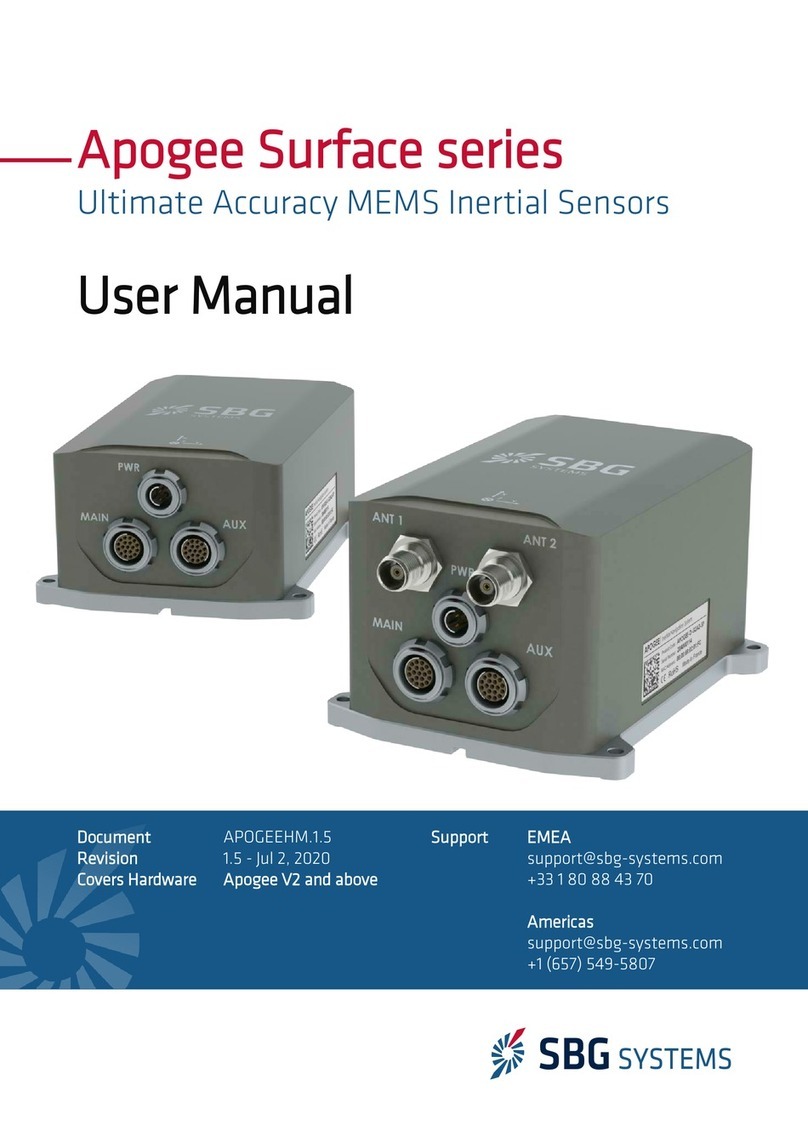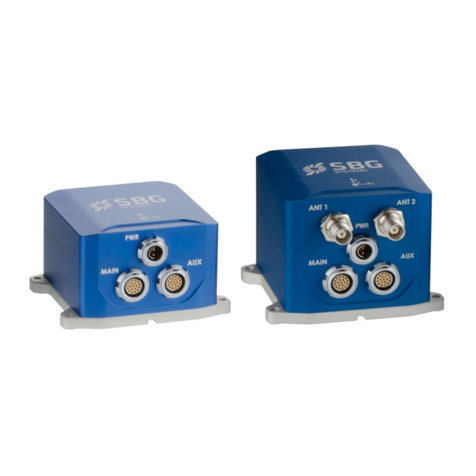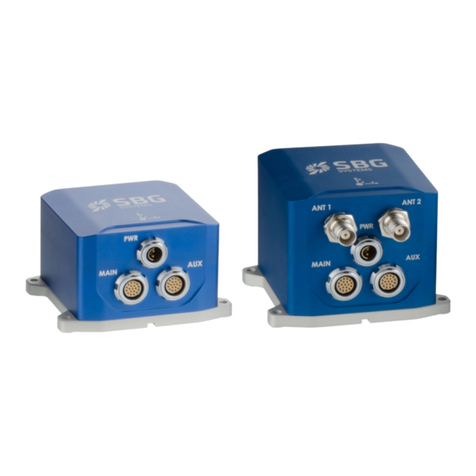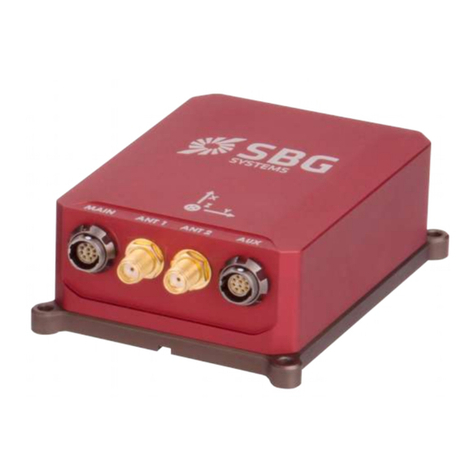Apogee Series – Hardware Manual APOGEEHM.1.5
4.3. Main connector....................................................................................................................................... 23
4.3.1. Connector specifications....................................................................................................................................................... 23
4.3.2. Connector pin out................................................................................................................................................................. 24
4.3.3. Electrical specifications (V1 hardware)................................................................................................................................ 25
4.3.4. Electrical specifications (V2 hardware)................................................................................................................................ 26
4.4. External aiding connector....................................................................................................................... 27
4.4.1. Connector specifications....................................................................................................................................................... 27
4.4.2. Connector pin out.................................................................................................................................................................. 27
4.4.2.1. Electrical specifications............................................................................................................................................... 28
4.5. GPS antenna connectors........................................................................................................................ 29
4.5.1. Connector specifications....................................................................................................................................................... 29
4.5.2. Electrical specifications........................................................................................................................................................ 30
4.5.3. GPS antenna advice.............................................................................................................................................................. 30
4.6. Typical wiring........................................................................................................................................... 31
4.6.1. Power supply connection....................................................................................................................................................... 31
4.6.2. Main interface connection on S-232.................................................................................................................................. 31
4.6.3. Main interface connection on S-422................................................................................................................................. 32
4.6.4. CAN Bus typical wiring......................................................................................................................................................... 32
4.6.5. GNSS connection in S-232 mode....................................................................................................................................... 33
4.6.6. Third party aiding equipment connected in S-422........................................................................................................... 33
4.6.7. Triggering external devices with the sync Out..................................................................................................................... 34
4.7. Typical connection topologies................................................................................................................. 35
4.7.1. Apogee-D in advanced automotive application.................................................................................................................... 35
4.7.2. Apogee-E in marine application........................................................................................................................................... 36
5. Interfaces specifications................................................................................................................................. 37
5.1. Overview................................................................................................................................................... 37
5.2. Ethernet specifications........................................................................................................................... 37
5.2.1. Accessing the Apogee web page........................................................................................................................................... 37
5.3. Serial interfaces...................................................................................................................................... 38
5.4. Supported protocols............................................................................................................................... 38
5.4.1. Connections Mapping............................................................................................................................................................ 39
5.4.1.1. Apogee A version.......................................................................................................................................................... 39
5.4.1.2. Apogee E version.......................................................................................................................................................... 39
5.4.1.3. Apogee D...................................................................................................................................................................... 39
5.5. Internal Datalogger................................................................................................................................. 40
5.6. CAN 2.0 A/B interface............................................................................................................................ 40
6. Important notices............................................................................................................................................ 41
6.1. Maintenance............................................................................................................................................. 41
6.2. Absolute maximum ratings.................................................................................................................... 41
6.3. Support................................................................................................................................................... 42
6.4. Warranty, liability and return procedure................................................................................................ 42
7. Appendix A: Ordering codes and Accessories................................................................................................. 43
7.1. Apogee variants........................................................................................................................................ 43
7.2. Transport Case......................................................................................................................................... 43
7.2.1. CASE-APG-01.......................................................................................................................................................................... 43
4/52


































